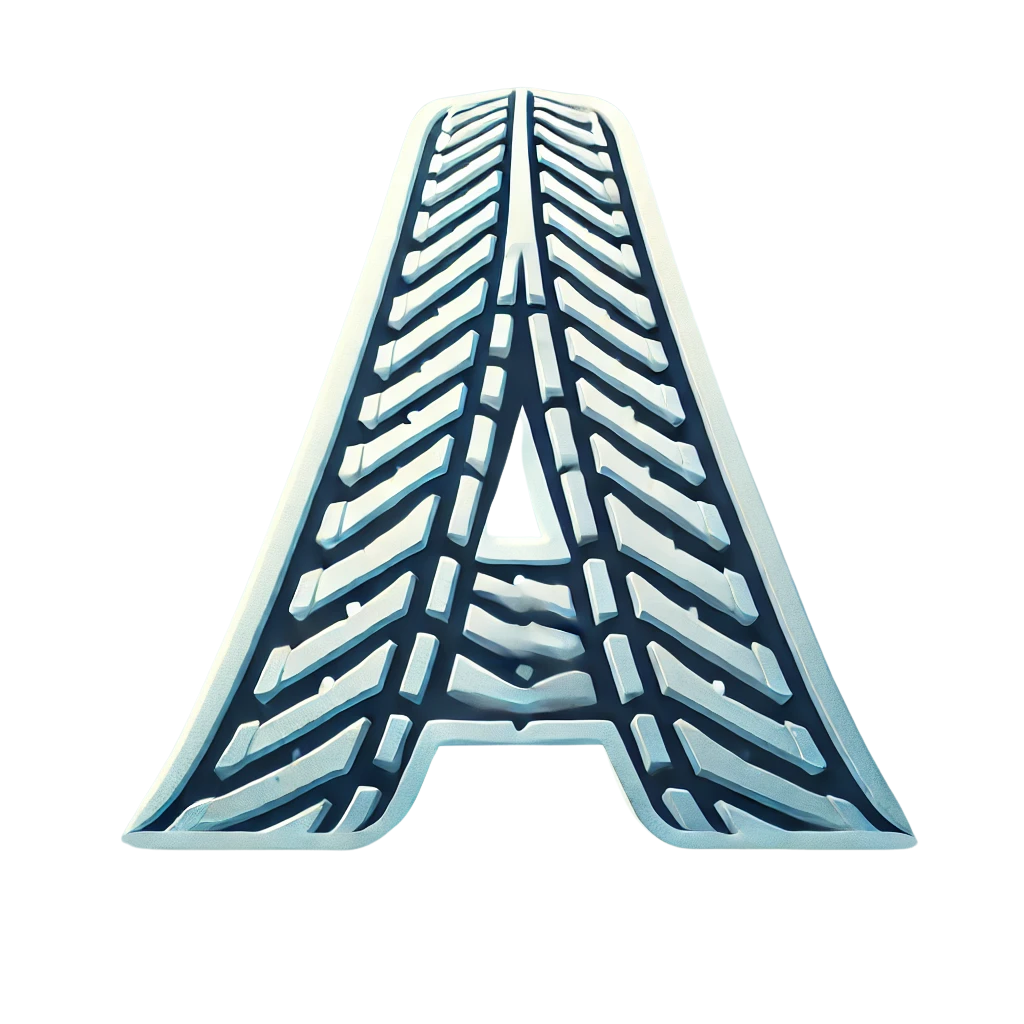Core Components of Snowmobiles
Snowmobiles are powerful, precision-crafted machines built to operate in extreme environments. Every component, from the engine to the electronics, plays a vital role in how the vehicle performs on snow, ice, or mixed terrain. Understanding the different parts helps owners make smarter upgrades, perform accurate repairs, and ride more safely and efficiently. This article covers the key parts of a snowmobile and explains how they function in both stock setups and modified configurations.
Engine: 2-Stroke vs 4-Stroke Power Units
The engine is the lifeblood of any snowmobile. The two dominant categories are 2-stroke and 4-stroke engines, each offering specific advantages.
2-Stroke Engines
2-stroke engines are known for being lightweight and simple in design. They produce a higher power-to-weight ratio and provide quick throttle response, making them popular in mountain sleds and high-performance recreational models. Maintenance is generally easier, but oil consumption and emissions are higher, and engine longevity is typically shorter.
4-Stroke Engines
Heavier but more durable, 4-stroke engines offer smoother operation, better fuel efficiency, and reduced emissions. These engines are ideal for long-distance touring and utility sleds. Though maintenance is more complex and initial cost is higher, 4-strokes generally require less frequent servicing and offer better reliability for long-term use.
Track: Maximizing Traction and Terrain Adaptability
The track is the part of the snowmobile that propels it forward. Choosing the right track setup dramatically affects how well the machine handles various terrain types.
Track Types and Profiles
Tracks vary in lug height and flexibility. Deep-lug tracks, with 2" or taller lugs, are ideal for powder and off-trail riding. Shorter lugs are preferred for groomed trails where high speed and stability are essential. Studded tracks offer additional grip on icy surfaces.
Widths and Lengths
Track width influences floatation—wider tracks are better for soft snow, while narrower tracks improve maneuverability. Common widths range from 15" to 20". Length affects climbing ability and stability: longer tracks distribute weight more evenly and provide better traction on inclines.
Suspension Systems: Front and Rear Dynamics
Suspension systems are critical to ride comfort and control. A good suspension setup absorbs terrain irregularities and keeps the sled steady under various loads and speeds.
Front Suspension
Most modern snowmobiles use a double A-arm front suspension system with adjustable shocks. These setups reduce impact from rough trails and improve steering accuracy. Upgrades include high-performance shocks and stronger arms for better stability in aggressive riding conditions.
Rear Suspension
The rear suspension connects to the track and manages rear weight transfer. Systems range from basic slide rails to coupled suspensions that respond dynamically to bumps and rider position. Customizing spring rates and damping helps fine-tune your sled to your weight and terrain preference.
Skis: Navigating the Terrain
The skis of a snowmobile provide the directional control, supporting steering and floatation over snow.
Materials and Construction
Modern skis are often made from UHMW (ultra-high molecular weight) polyethylene for durability and glide. Some high-end options use reinforced composites for better strength and performance in extreme riding scenarios.
Design and Modifications
Skis come in various shapes—wider options help with deep snow, while narrower skis reduce resistance on trails. Carbide runners and wear bars underneath provide grip and prolong the life of the ski. Ski stance (width between skis) can also be adjusted for handling preferences.
Handlebars: Comfort, Precision, and Control
Handlebars are a rider's main point of contact with the snowmobile. They host essential controls and define how comfortable and precise the ride feels.
Grips and Heating
Heated grips and thumb warmers are standard on most modern snowmobiles, keeping riders comfortable in sub-zero temperatures. Aftermarket options often offer multiple heat zones and quick-replaceable elements.
Ergonomic Adjustments
Bar height, angle, and reach can be customized using risers and pivot mounts. Performance riders may opt for forward-leaning setups, while touring sleds favor a relaxed posture to reduce fatigue over long distances.
Electronics: Smarter Riding Experiences
Electronics have come a long way in snowmobiles, offering riders improved control, visibility, and diagnostics.
Displays and Controls
Digital gauges show speed, RPM, temperature, fuel levels, and maintenance warnings. Some models even offer GPS integration, Bluetooth connectivity, and customizable display modes for night or daylight visibility.
Lighting and Sensor Technology
LED lighting improves visibility and reduces power draw. Auxiliary lights and helmet-mounted systems are increasingly popular. Sensors monitor engine temperature, oil pressure, and brake system feedback—helping riders respond to performance issues before they become serious.
Each component of a snowmobile is purpose-built for function, safety, and performance. Whether you're planning a custom build, performing routine maintenance, or simply looking to learn more, understanding the parts of your sled will give you the confidence to ride harder and smarter all winter long.
